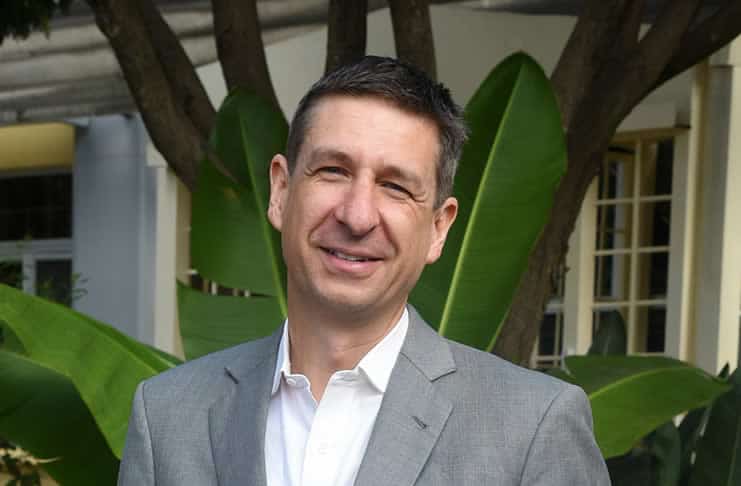Have you noticed? Bloggers, experts, research companies and marketers are increasingly talking about channel-agnostic and customer-centric marketing again. Finally. What we’ve always called integrated (touchpoint) marketing is back and it’s spreading across all – often siloed – (digital) marketing disciplines.

Social media pundits tackle topics such as conversion and omni-channel strategies. SEO experts say search should be seen in an integrated and customer-centric context. Email marketing pros are defending how important it is to have a holistic view and put the individual journey first. Preferences and touchpoints, they finally get back the attention they deserve, with a focus on relevance and customer experience optimization “as a whole”.
I could say, “I told you so” and, well, I just did. However, there is no merit in having preached about customer-centricity, cross-channel optimization, integrated touchpoint marketing and the channel-agnostic consumer for such a long time.
The reason is simple: the call for an integrated marketing approach is not new. It is a natural consequence of having a customer-centric or people-centric vision. It’s the essence of the digital transformations we see happening in customer experience management and also in marketing, on top of the increasing use of digital channels by customers and the integration necessities in many areas of our marketing approach, structure/organization and mentality in regard to customers and other departments.
Why we forget the importance of a holistic and integrated touchpoint marketing and customer view
So, why does it seem we always forget these simple facts? There are many reasons.
- New channels and media always come with the inevitable hype and people that are eager to carve out a lucrative niche with every new gold rush.
- It’s tough for us to think beyond silos and our beautiful selves. However, people want meat today as Gerry McGovern says.
- We forget that customer-centricity, and the continuous optimization and improvement, that Bryan Eisenberg has been advocating, are two sides of the same coin.
- We get confused every team new channels and changing consumer behavior alter media consumption, the buying journey and information seeking processes.
- Change is hard and scary, certainly when it involves letting go of control, that’s imaginary for a large part anyway.
- We’re not always that good at listening to what people have to say.
- New generations of marketers, born and bred with ‘their’ tools, views and technologies, don’t always want to learn from those who came before them (why does this remind me of my kids?). It strikes me every time again when talking with an expert in, for instance, social media marketing, to discover they don’t know the digital marketing classics, leading them to reinvent what many have known for so long.
It probably explains why I’m often a bit nervous – and sometimes hard and even cynical – when noticing that experts in a specific field put their tactics, channels and concepts before the only things that matter: people, customers, experiences and the bottom-line.
Should we know everything about marketing then? You need experts in specific domains. However, it won’t hurt you to look beyond your field because – guess what – customers don’t live in your field.
Rules, channel, technologies, society and people do change but some basics really never change. It’s time to look at touchpoints again in an integrated way. And it most certainly is time to understand that responding to the voice of the customer and continuously improving across all touchpoints as folks like Gerry and Bryan have been shouting for years, is essential.
Optimizing for people
We will always need experts for specific tactics and channels. However, we can’t improve our business by optimizing for technologies and channels alone.
We optimize for people and focus on enabling them to get what they want, fast and without making them think too much (if you know what book I’m referring to in this sentence let me know in the comment section, I might give you a prize for your customer-centricity). In fact, we even optimize to learn and understand the voice of the customer across all channels, not only to improve results in the short run.
You can call it fusion, integration, cross-channel or customer-centric. It doesn’t matter. As long as we keep optimizing, putting the customer first and having that holistic view and forcing ourselves to look beyond our own specialities.
Customer first and optimization key. People and intent.
Images purchased under license from Shutterstock






